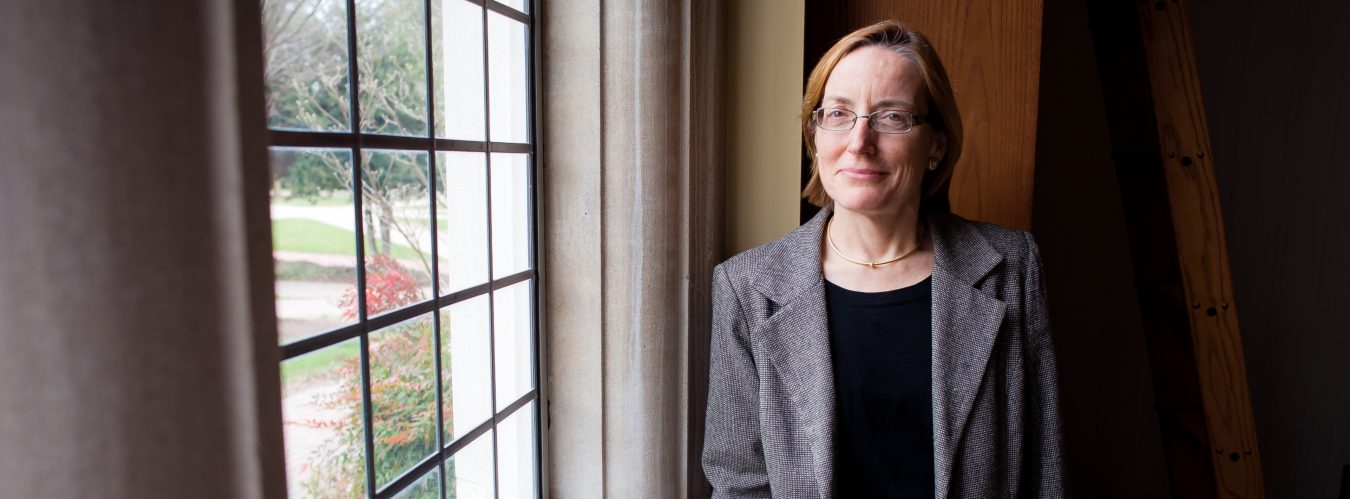
Several weeks ago I posted an entry about the leadership challenges faced by those of us with fiscal responsibilities in higher education. I suggested that it is time for financially stressed colleges to imagine new ways to generate revenues. The three-lever model of higher education—tuition, fundraising, cost containment—may need to be stretched to include new ideas about sources of tuition dollars as well as cost containment.
In this post, I consider the cost containment side of the equation. Although I am not necessarily committed to the idea I’m floating, I am committed to making the point that it’s time to seriously consider new ideas.
How might colleges, especially small, private, liberal arts colleges, contain costs? Costs in higher education are largely determined by personnel, namely, faculty and staff. Some of the increasing personnel costs are unavoidable—many colleges have recently added staff in response to greater needs for mental health and Title IX services.
But perhaps we can find ways to change the model somewhat and still offer students the services and education they seek. Instead of duplicating service after service to extremely small numbers of students, what if colleges formed consortia that pooled risks and resources, thereby providing high-quality mental health, legal, wellness, and other administrative services to students enrolled at several colleges? (There may well be a consortium model on the enrollment side as well—I put that aside for another week!)
I have in mind the Canadian health care model. It’s not perfect, but it works fairly well to provide a small population (an order of magnitude smaller than that of the United States) with high-quality services at a somewhat reasonable cost. It doesn’t do this by offering transplant facilities in every small town of Ontario. Instead, one might travel 30 miles from Stratford, where I grew up, to London, where the facilities for specialized services are provided, and provided well.
How might this idea work in higher education? Of the more than 4,000 colleges and universities in the United States, many are located near each other. Examples abound. Cleveland, Ohio, is home to Cleveland State University, Case Western Reserve University, John Carroll University, and Baldwin Wallace University. Oberlin College, Hiram College, and Ashland University are nearby. Nearer to home, Lynchburg, Va., hosts Randolph College, the University of Lynchburg, and Liberty University, and Sweet Briar College is only 12 miles outside Lynchburg.
Such examples reveal some of the rich variation of higher education in the United States. Perhaps we can reduce some similarities and duplications, while allowing colleges to pursue their very different educational missions. College leaders might identify these possibilities and the institutions with which they can form a group to provide services together rather than duplicating or attempting to duplicate services.
None of this is to suggest that I know the answer to such tough questions or that I think the path forward will be easy. Instead, my larger point is that it may be time for financially challenged colleges to imagine new ways consistent with their educational mission, such as forming consortia to contain costs.
Stay tuned for more ideas, to be posted soon!
